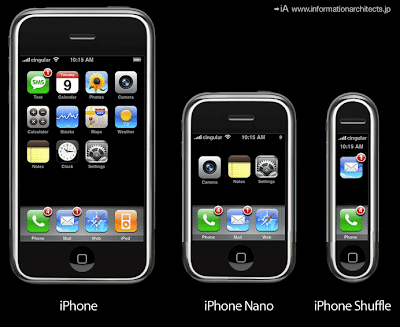Make any song on your computer a ringtone on your iPhone

So after a bit of reading I've figured out a way to make your own ringtones out of any song on your computer for your iPhone.
It goes like this.
1. Add file(s) to your iTunes library.
2. Right click Get Info, then options tab.
3. Make the start time and stop time the duration of the ringtone you'd like to use (no longer than 40 seconds though). For example, if you'd like to use the first 40 seconds of a song, make the start time 0:00 and the end time 0:40. If you want to use from 1:40-2:20 then do it like that, just make sure you use whichever part of the song you want to be your ringer and also make sure it doesn't exceed 40 seconds. After you've selected which part of the song will be your ringer, click OK.
4. Right click the song, and click 'Convert Selection to AAC'.
5. Go to your desktop, and make a folder called Ringtones. Once you've done that, go back to iTunes, right click the newly created clip and click copy. Paste it in the folder you just made.
6. Rename the file from whateversongyoupicked.m4a to whateversongyoupicked.m4r (in order to see file extensions you might have to play with your settings a bit) (whateversongyoupicked is just the example, you don't need to change the name of the song, just the extension).
7. Go back to iTunes, and delete the 40 second AAC clip you've made, but be sure to keep the file!
8. Sync/Resync your iPhone, and it should automatically add the file to your ringtone folder.
Free, easy, hackless.
